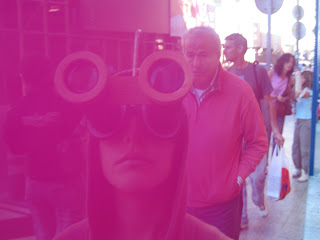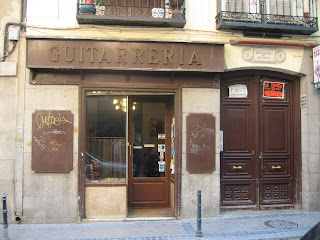We stayed for a couple of nights at the flat of Rahel and Evelyn, two Liechtensteiners from Vaduz. In the evenings we had coffee and asked them questions about their country. We wanted to know what life was like in such a small country. They told us that they knew almost every Liechtensteiner from their generation and that everyone knows each other in Vaduz. As a matter of fact, when we arrived in the capital and asked for directions on how to get to their flat, we were asked who we were looking for instead of which street.
We had a look at their passports and inside we saw a map of Europe with an amplified shape of Liechtenstein to help other people understand where they were from. Evelyn explained to us the problems she had when she travelled around Central America, not even border officers knew where Liechtenstein was!







































